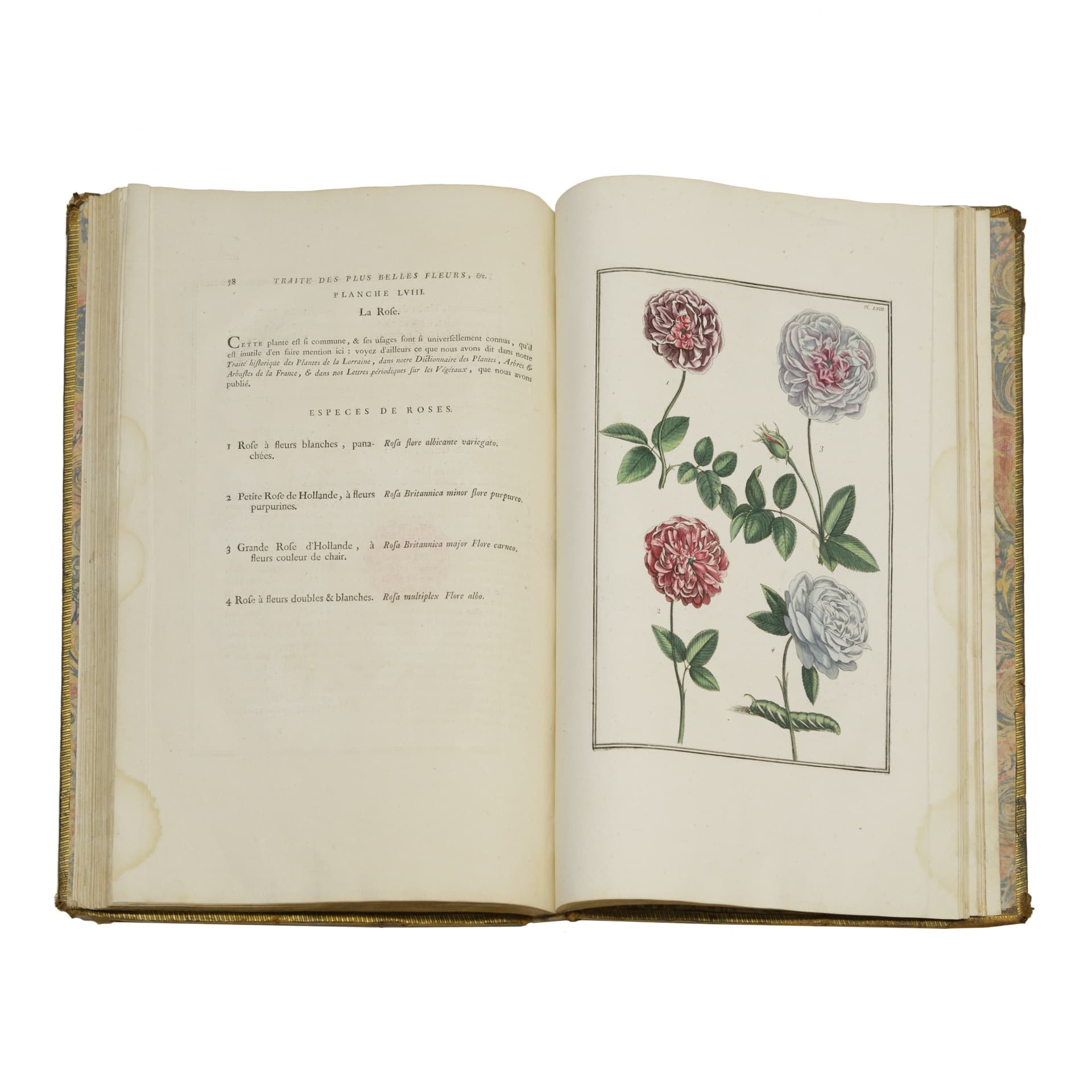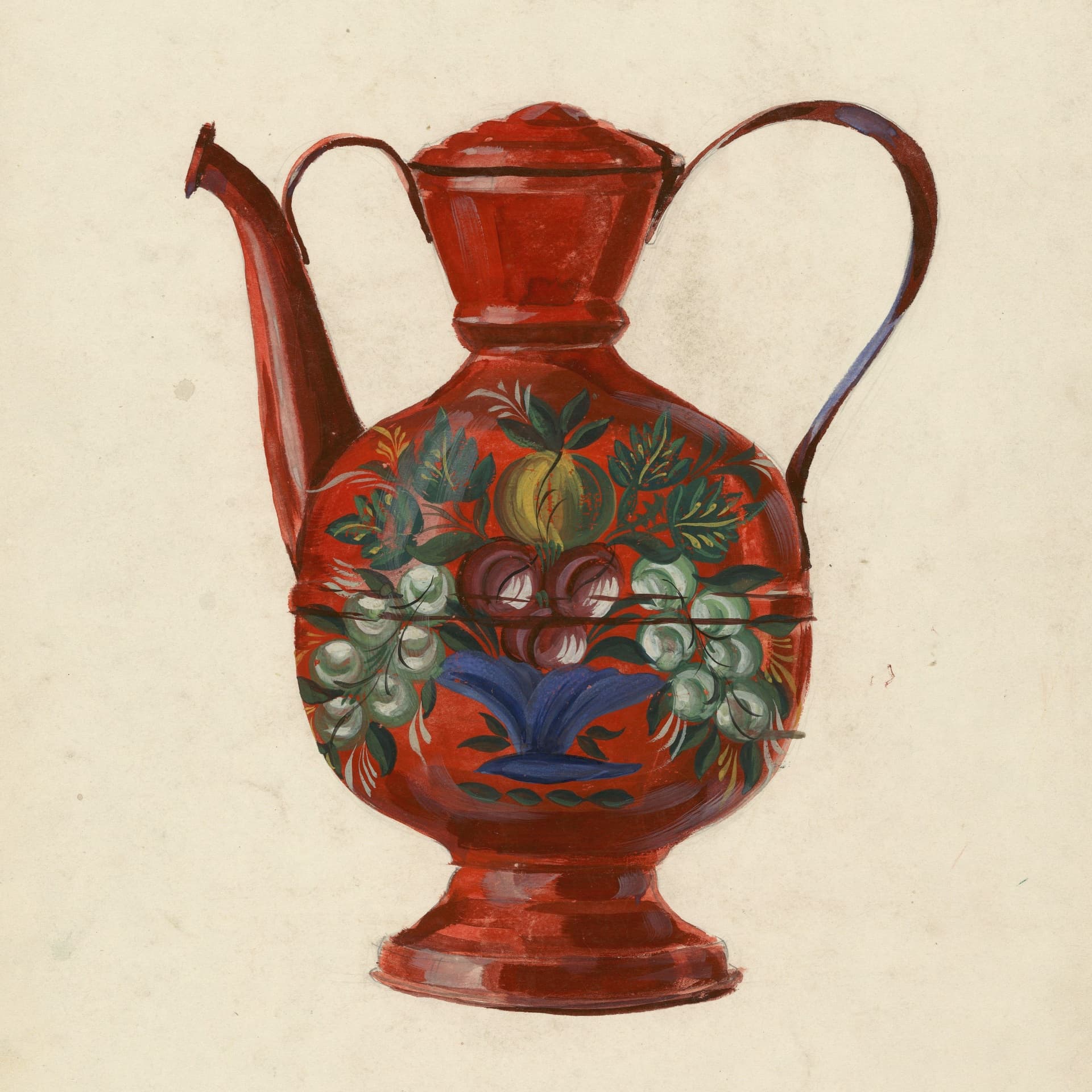The library's collection includes editions in the following fields and themes: decorative-applied and folk art (artistic treatment of wood, stone, bone, metal, jewelry, embroidery, clothing, lace, ceramics, glass, lacquer miniatures); general history of arts, history of architecture, painting, graphics, drawing, archeology, ethnography, folklore, Russian and foreign lubok, icon painting, philosophy, esthetics, reference books, dictionaries of different years and different thematical directions.
The section of heraldry is represented by unique pre-revolutionary editions such as "Emblems and symbols, selected in Russian, French, German and English languages", published from the original edition dated 1778 (published by "Russian Armorial", 1913 and 1914), "Little Russian Armorial Book", compiled by V. K. Lukomski and V.L. Modzalevsky (1914), "Coats of arms of the Russian Empire from 1648 to 1900", compiled by P. P. Winkler and published in 1899.
The folklore section includes "Poetic Views of the Slavs on Nature" by A. N. Afanasiev (Moscow, 1865), "Russian Folk Tales" in five volumes (Sytin's publishing house, 1913-1915), "Russian Folk Songs" in seven volumes, published by A. I. Sobolevsky (1885-1902), V. Y. Propp's Historical Roots of the Magic Tale (Leningrad, 1945), E. M. Meletinsky's Poetics of Myth (Moscow, 1976), and others.
The Botany and Zoology section includes the following editions: Peter Simon Pallas' "Flora of Russia" (St. Petersburg, 1784) in 2 volumes; Maria Sibylla Merian's "General History of Insects in Surinam and in all of Europe (Paris, 1771) in 3 volumes.
The architectural history section contains an album by I. M. Snegirev, "The Dormition Cathedral in Moscow" (Moscow, 1856) and other editions.
The painting section includes such editions as A. N. Benois' book "The Russian School of Painting" (St. Petersburg, 1904) and others.
The aesthetics section includes such valuable editions as Heinrich Welflin's works (Academia Press, 1930s), selected works by Winkelmann, Ernst Grosse's "The Origin of Art" (Sabashnikov Publishers, 1899), and others.
The section on ethnography includes "Description of all peoples inhabiting the Russian state. Their everyday customs, habits, clothes, dwellings, exercises, amusements, religious beliefs and other memorabilia" (St. Petersburg, 1799) in two volumes. Of particular value are colorful illustrations, providing a complete picture of the appearance, lifestyle, trades and national costumes of all peoples and tribes inhabiting the territory of Russia.
Among the encyclopedic and reference editions are the pre-revolutionary "Great Encyclopedia" of 1896 in 22 volumes, the "Encyclopedic Dictionary" of F.A. Brockhaus and I.A. Efron in 82 volumes (1890-1905), "Encyclopedic Dictionary Pomegranate" in 57 volumes, "Dictionary" by V. I. Dal in 4 volumes and others.
The library has a significant collection of Russian and foreign books in large format. The average size of such book is 50x35x10 cm. These include "The Description of the Most Holy Coronation of Their Imperial Majesties Emperor Alexander II and Empress Maria Alexandrovna of All Russia" (St. Petersburg, 1856), "Collection of Monuments Relating to Printing in Russia" (1872), "Kiev Vladimir Cathedral" (1896), Academic Drawings by Russian Artists (1949). All these are valuable, richly illustrated unique editions.
A significant part of the collection of the Museum's research library are albums and monographs by employees of the Art Industry Research Institute, published in the 1950s by the KOIZ publishing house. These are "Kursk Carpets" by E. G. Yakovlev (1955), "Russian Folk Embroidery" by I. P. Rabotnov and V. Yakovlev (1957) and "Fedoskino" by G. V. Yalovenko (1959). These are the first publications introducing folk art and arts and crafts of the Soviet postwar period and are now of bibliographic value.





